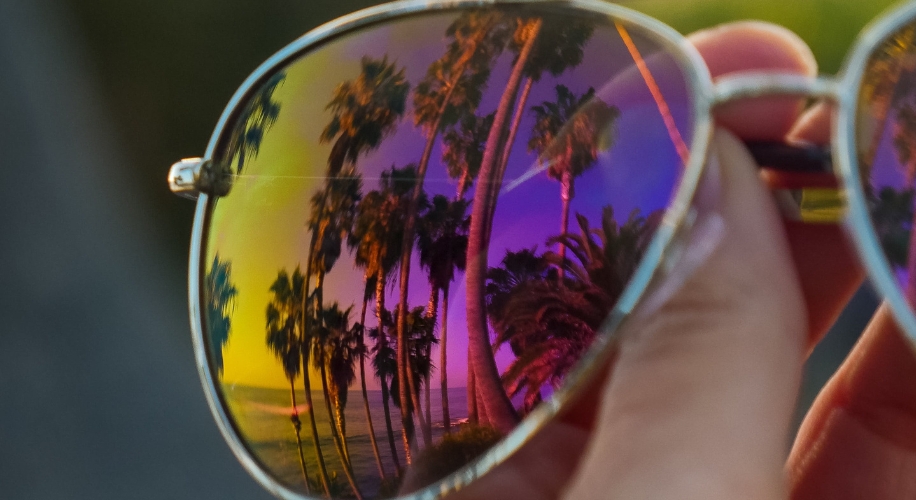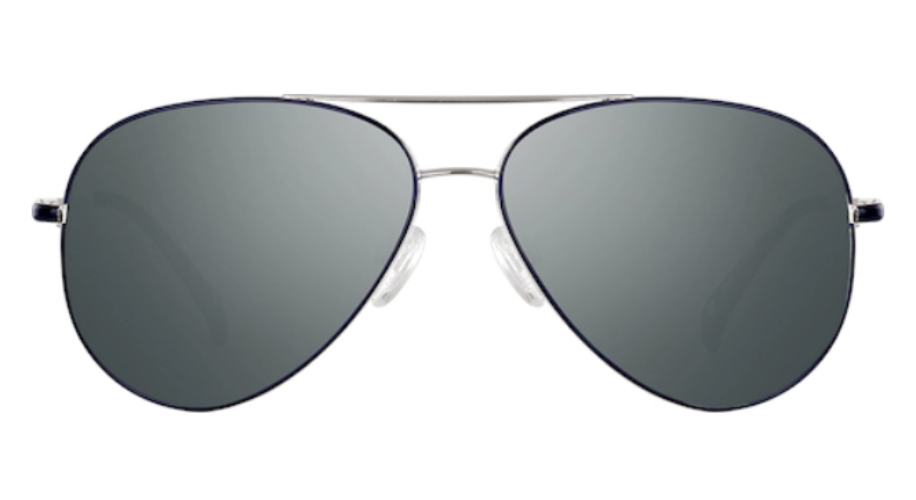Picking the Perfect Aviator Sunglasses
- BY Dr. Sophia Moh
- IN Sunglasses

Reference: Kindel Media,
When it comes to sunglasses, the aviator design is a timeless choice that complements a wide range of styles and occasions. Originally created for pilots, aviator sunglasses have become a staple in fashion eyewear. In selecting the ideal pair, it’s essential to consider your face shape to ensure you not only look great but also feel confident and comfortable. Let’s dive into how to choose aviators that enhance your natural features.
Reference:Aaron Hunt,
Discover Aviator Sunglasses
Understanding Your Face Shape
Identifying your face shape is the first step in picking out sunglasses that suit you best. Here are the most common face shapes and some tips on how to recognize yours:
- Oval Face: If your face is longer than it is wide with a rounded jaw, you likely have an oval shape.
- Round Face: A round face is fairly equal in width and length with softer, rounded edges.
- Square Face: Featuring a strong jawline and broad forehead, square faces have roughly the same width and length across the face.
- Heart-Shaped Face: This face shape includes a broader forehead tapering down to a narrow chin.
- Diamond Face: If you have a narrow forehead and jawline with wider cheekbones, you have a diamond-shaped face.
Shop Aviator Sunglasses
Choosing Aviators for Each Face Shape
Oval Face
If you have an oval face, you’re in luck! Most sunglass frames work well with your versatile shape, including aviator sunglasses. You can play with different sizes, but make sure they are not too large to maintain proportional balance.
Round Face
To contrast the softness of a round face, look for aviator frames that are wider than the broadest part of your face. This will help elongate your visage and add some angular contrast to your circular features.
Square Face
Aviators with rounded edges are perfect for softening the strong lines of a square face. Opt for those that are slightly wider than your cheekbones to add some curvature to your angular silhouette.
Heart-Shaped Face
For heart-shaped faces, aviators that are wider at the bottom help balance the narrower chin. Consider frames with lighter colors or rimless styles to draw attention downwards and complement your face shape.
Diamond Face
Aviators with a gentle curve can highlight the cheekbones of a diamond-shaped face while not overemphasizing the width. Frames with detailing on the top will also work well with your features.
Finding the Right Size and Color
Once you’ve identified the best aviator frame shape for your face, it’s important to consider size and color. Your sunglasses should be in proportion to your face size—neither dominating nor appearing too small. As for color, select hues that match your skin tone, hair color, and personal style. Classic metallic colors like gold and silver are universally flattering, but don’t shy away from exploring bolder options or even pink sunglasses for a fun twist.
Remember, the right pair of aviator sunglasses will not only protect your eyes from the sun but also serve as a statement piece that showcases your personal style. Take your time trying on different pairs, and don’t hesitate to ask for second opinions. When you find that perfect match, you’ll know it!
About the Author: Dr. Sophia Moh, OD, ABOC
Dr. Sophia Moh, OD, is an optometrist based in the Bay Area, California. She holds a doctorate from UC Berkeley School of Optometry and has worked in various eye care settings, including primary care optometry, general ophthalmology, community health clinics, and Veterans Affairs. Dr. Moh is dedicated to improving global vision health by making high-quality, affordable eyewear accessible to all. She is also a certified American Board Optician (ABO) and actively contributes to optical education through training and lectures.

